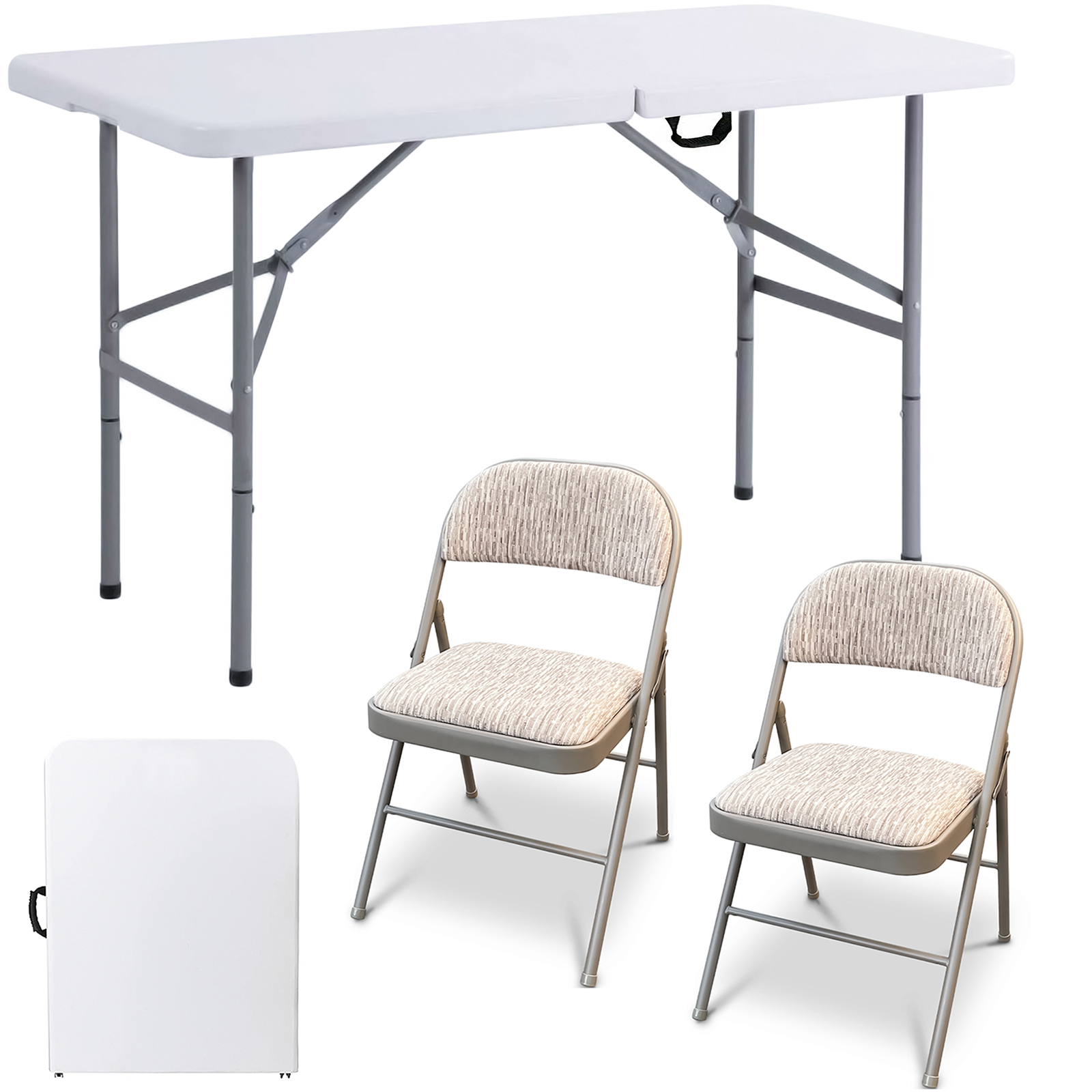How our Folding Tables are Manufactured ?
Folding tables are a ubiquitous presence in our daily lives, serving as versatile solutions for both personal and professional needs. Whether used for picnics, conferences, or backyard parties, these tables are designed to be portable, sturdy, and convenient. Have you ever wondered how these tables are manufactured to meet such demanding requirements? In this blog, we take you behind the scenes of our folding table manufacturing process, highlighting the crucial role of blow molding in creating durable and reliable folding tables.
The Importance of Quality Manufacturing:
Before delving into the specifics of the manufacturing process, it's important to emphasize why quality matters when it comes to folding tables. A well-crafted folding table ensures:
- Durability: Folding tables should withstand years of use, whether indoors or outdoors.
- Portability: Easy to transport and set up, these tables need to be lightweight.
- Stability: Users should have confidence that their table won't wobble or collapse.
- Aesthetics: A clean and attractive appearance is essential for a professional or enjoyable setting.
Our commitment to producing high-quality folding tables is the foundation of our manufacturing process.
The Art of Blow Molding:
One of the key techniques employed in our folding table manufacturing is blow molding. Blow molding is a manufacturing process that creates hollow plastic parts by inflating a heated plastic tube (known as a parison) inside a mold. This technique offers several advantages, including cost-effectiveness, design flexibility, and the ability to create uniform and durable pieces.
Here's a step-by-step look at how we use blow molding in crafting our folding tables:
-
Material Selection: We start with high-quality polyethylene, a robust and weather-resistant material known for its durability. This material is chosen for its ability to withstand wear and tear, UV exposure, and varying weather conditions.
-
Mold Design: The heart of the blow molding process lies in the mold design. Our expert engineers create precision molds that define the shape and size of the folding tables. These molds are customized to meet the specific requirements of our designs.
-
Heating and Parison Formation: The polyethylene material is heated until it reaches a molten state. Once melted, it is extruded into a parison, which is essentially a tube of hot plastic. The parison is sized according to the desired dimensions of the table.
-
Blow Molding: The parison is placed into the mold, and compressed air is injected into it, causing it to expand and take on the shape of the mold. This process results in a hollow, yet robust, table top.
-
Cooling and Trimming: After the table top has taken shape, it is cooled rapidly to maintain its structure. Excess plastic is trimmed away, ensuring a clean and smooth finish.
-
Reinforcement and Assembly: Our folding tables are designed with a sturdy frame and legs, typically made from steel or aluminum. These components are expertly assembled, further enhancing the table's stability.
-
Quality Control: Every folding table undergoes rigorous quality control checks. We inspect for any defects, ensuring that each table meets our high standards for durability and aesthetics.
- Ready to witness the magic behind the scenes? Click below to watch our captivating video, showcasing the meticulous manufacturing process that brings our folding tables to life.
Conclusion:
Our commitment to quality and the use of blow molding technology in our manufacturing process are key reasons behind the success of our folding tables. We take pride in producing tables that are not only functional but also aesthetically pleasing, durable, and easy to transport. Whether for your next family gathering, corporate event, or outdoor adventure, you can trust our folding tables to meet your needs with style and reliability.




Leave a comment